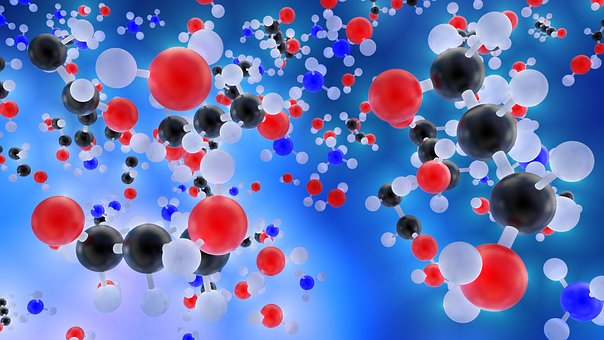The classification and significance of molecules in pharmacology and their distinct properties.

In the world of pharmacology and drug development, the molecules used can be classified into two categories: small and large molecules. This differentiation refers to the size of the molecules and encompasses factors such as the manufacturing process, behavior, mode of action or transportation, and suitability for various drug forms to classify the molecules. More than 90% of current on-the-market drugs are small molecules, but large molecules, also known as biologics, are quickly rising in popularity and importance.
Small molecules have long been the basis for drug development. When ingested, their small size enables easy passage through the gastrointestinal tract. This allows the active substances to quickly absorb into the bloodstream and distribute throughout the body. Moreover, their small size allows them to easily penetrate cell membranes as they travel within the body.
Large molecules, also known as biologics, are classified as proteins having a therapeutic effect. In contrast to small molecule drugs, most large molecule drugs are complex, composed of more than 1,300 amino acids, and are identical versions of human proteins. Large molecules work by transporting drugs to specific locations within the body before releasing them before their destination. These types of large-molecule pharmaceutical drugs are developed through complex processes and often require more than 1,000 steps. They are given through injection or infusion because if taken orally, they would be ineffective. Large molecule products include vaccines, blood, blood components, gene therapy, tissue, and other proteins.
In recent years, biologics research has revolutionized drug development, offering treatment options for previously untreatable medical conditions.
Small Molecule Research Projects
Contract Laboratory has helped many pharmaceutical companies and university researchers with their Small Molecule research projects. Below are some examples:
- Pharma needs preclinical Contract Research Organization CRO for biological, small molecule (viral) in vivo studies of HBV and HCV infections.
- FDA GLP Bioanalytical Laboratory needed for GLP Small Molecule Study for Molecular Level Study and Extinction coefficient for a small molecule in MeOH and water.
- FDA GLP United States Bioanalytical laboratory needed for small molecule testing: Biopharmaceutical Classification System BCS Testing for GLP solubility and permeability tests for biowaivers for small molecules.
- Bioanalytical laboratory is needed for biologics testing for residual simethicone from antifoam treatment in the fermentation process for the biological product for human use.
- Medical device company needs virology laboratory for virus testing of surgical products Biologics.
- FDA GMP Bioanalytical Laboratory needed for Biologics FDA GMP release testing of Licensed Biologics by RIA testing.
See more Small Molecule Projects or other Pharmaceutical Projects
Need a preclinical Contract Research Organization (CRO) to perform your small molecules pharmaceutical drug development research or active pharmaceutical ingredient testing, Contact Us for more information or Submit a Lab Request for your Pharmaceutical Small Molecule.






